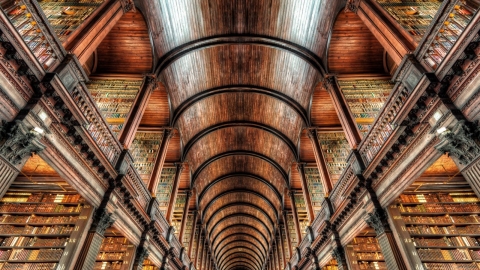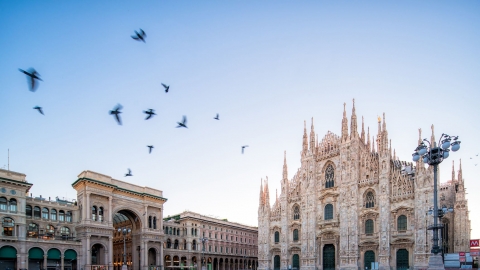Once owned by prestigious families such as the Medici, the Palazzo Settimanni building has now been restored to house Gucci's historical archives.
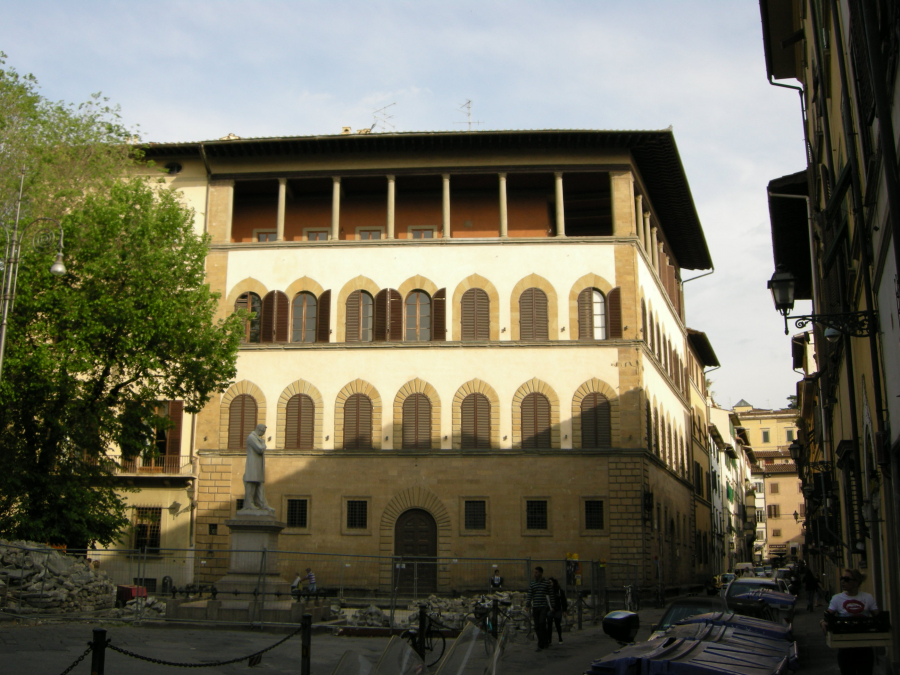
Outside the Palazzo Settimanni building.
Located on a royal street that has been around for over 600 years in Florence, Italy, Palazzo Settimanni was acquired by Gucci in 1953. Over the years, the building has served as a workshop, factory, showroom, and now it has been transformed under the talented Creative Director Alessandro Michele.
Michele brings a new story to the building, which will now be a place to revisit Gucci's tumultuous history.
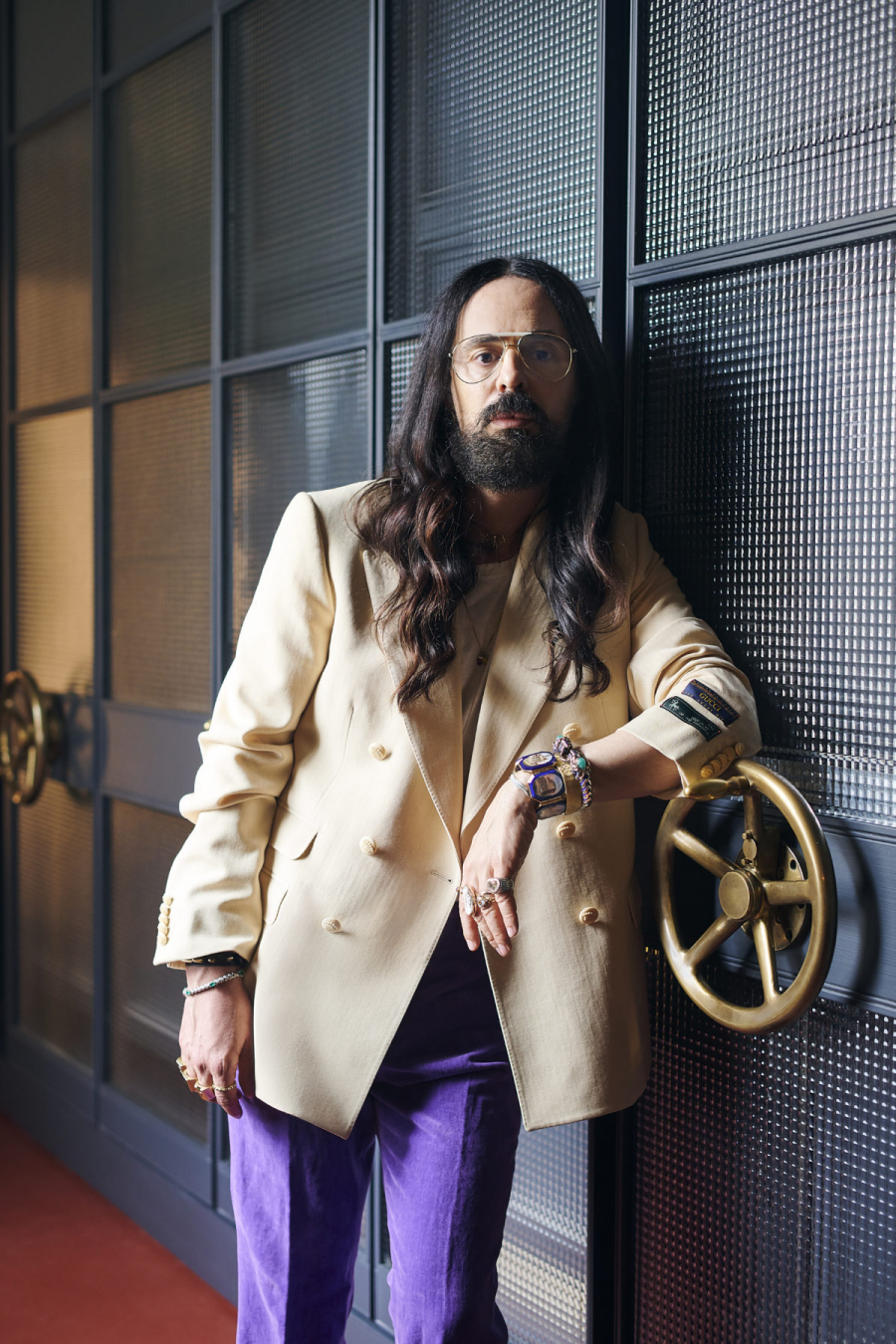
Gucci creative director Alessandro Michele.
“Palazzo Settimanni has been stripped of its modern architectural framework, and instead we will restore its traditional values so that exploring the building is like a journey back in time. I wanted to give the Palazzo a fairytale feel, turning the building’s doors into another dimension, dreamy and ancient. The building gives visitors the feeling of setting foot on Gucci’s holy land,” Michele used his flowery vocabulary to explain the idea of “refurbishing” the building.
“Renovation” is not the right word to describe the renovation of the legendary building. Michele wanted to return the building to its original values, in a way that would be appropriate for the works on display.
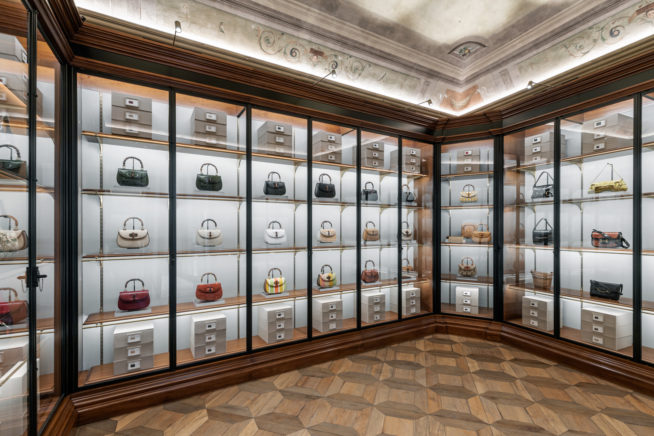
The building’s backdrop will be 19th-century, using 18th-century optical techniques, embellished with 17th-century frescoes and architectural embellishments from earlier centuries. Everything will be carefully calculated, designed, and arranged with absolute sophistication.
The five-story building is divided into smaller spaces with different themes based on the items on display. For example, the basement is divided into three halls: “Radura” (ceramics and household appliances), “Herbarium” (still life), “Maison de L'Amour” (entertainment items).
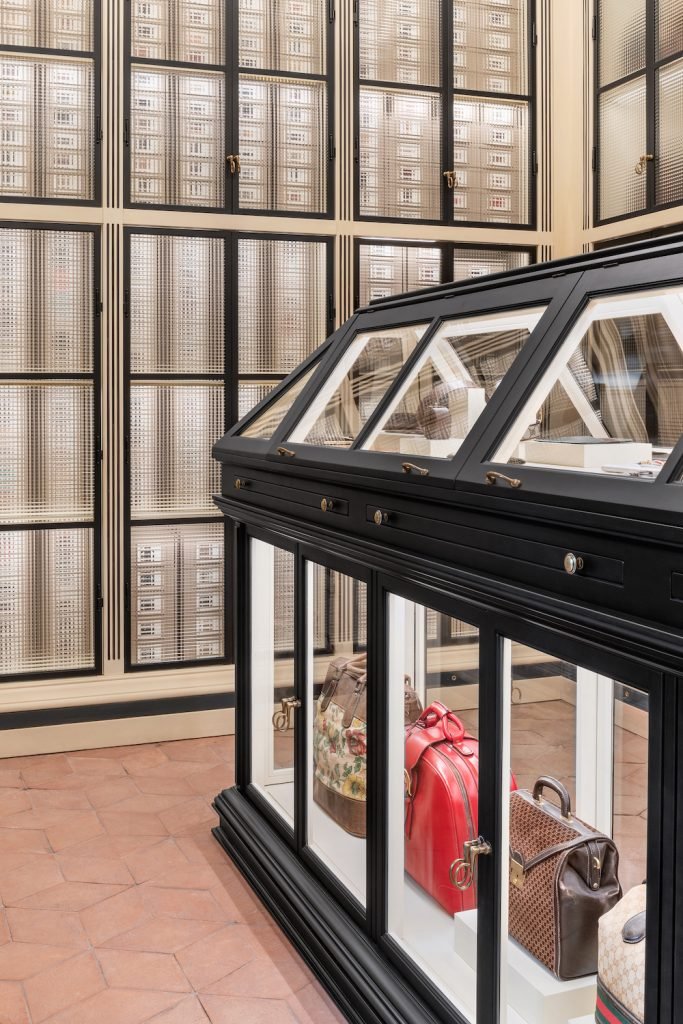
The ground floor will feature vintage handbags, suitcases, small leather items and jewelry from different eras. The second floor will be dedicated to textiles with scarves and dresses. Similarly, the upper floors will be presented in turn according to the chosen theme.
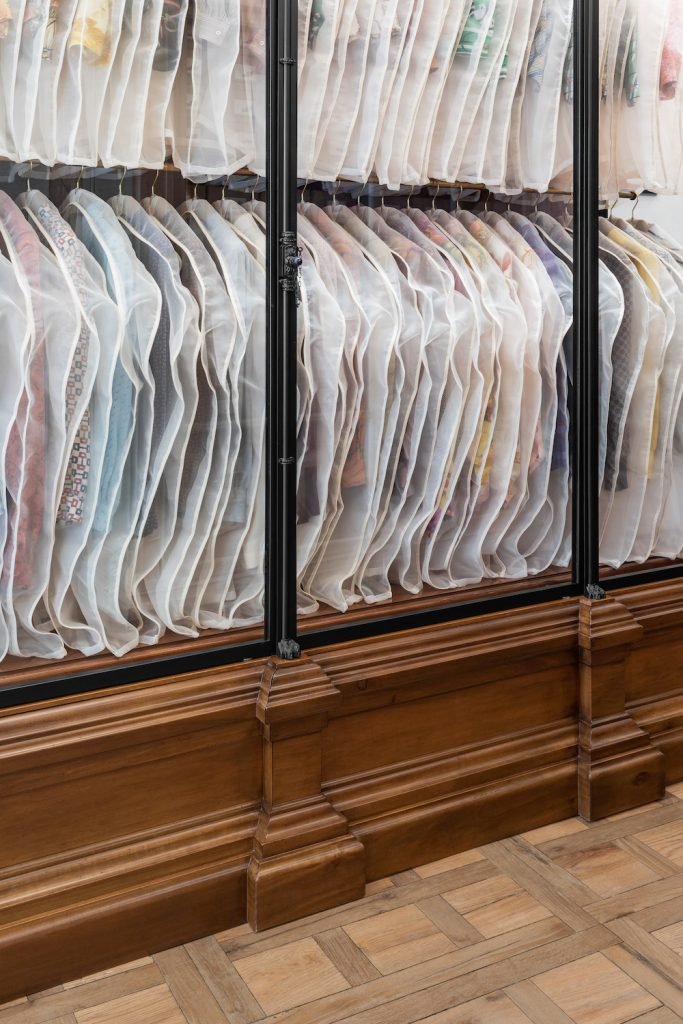

During the building's restoration, Michele collaborated with Valeries Steele, Director of the Museum at the Fashion Institute of Technology in New York, to study the layout and management of the space.
"No longer a dusty old attic, the archive will become a memory palace, it will show the intellectual values and inspiration of the old designers. The layout depicts the transformation of fashion through time but still clearly shows the unique, brand-name features of Gucci. We want to develop the archives to keep a tangible cultural heritage alive for the present and for the future," Steele commented.






















